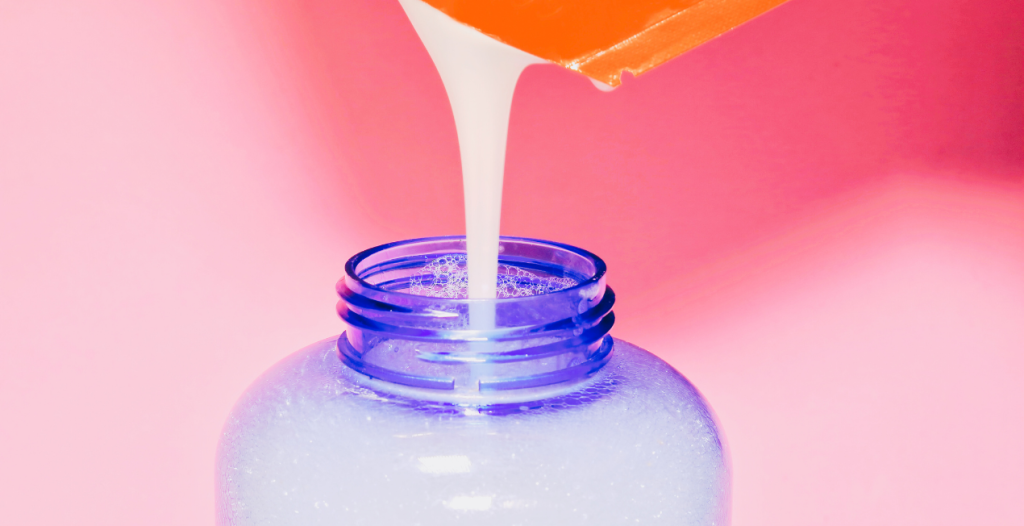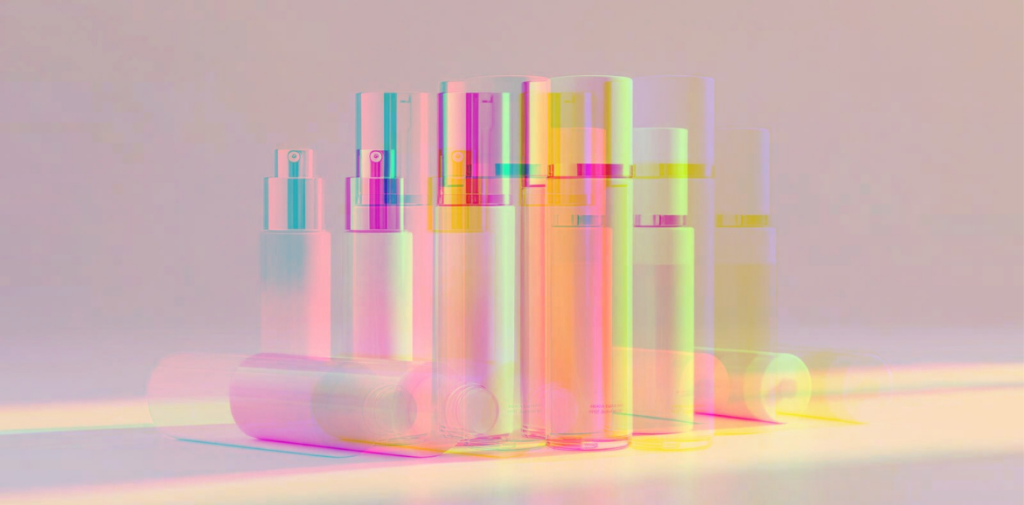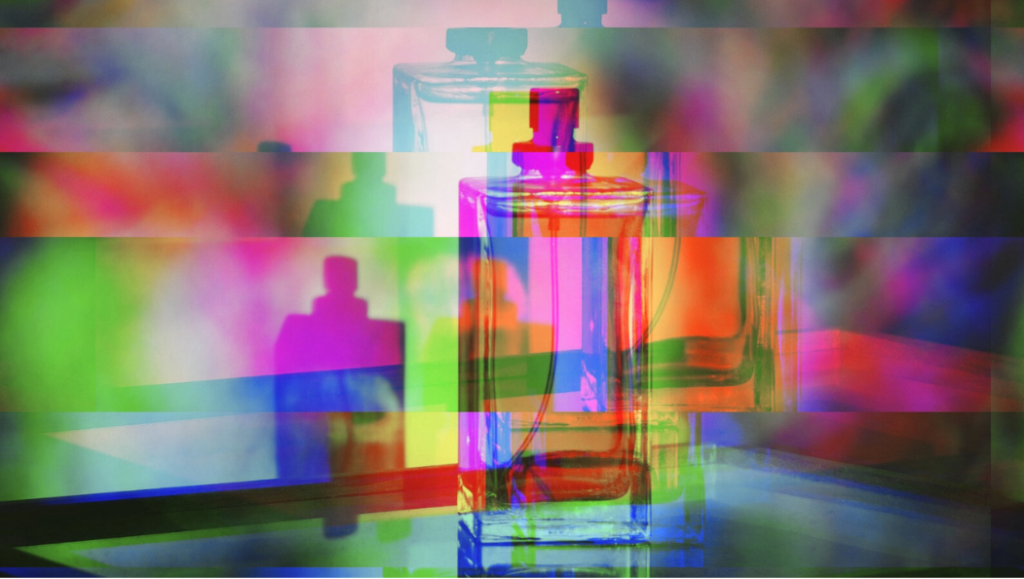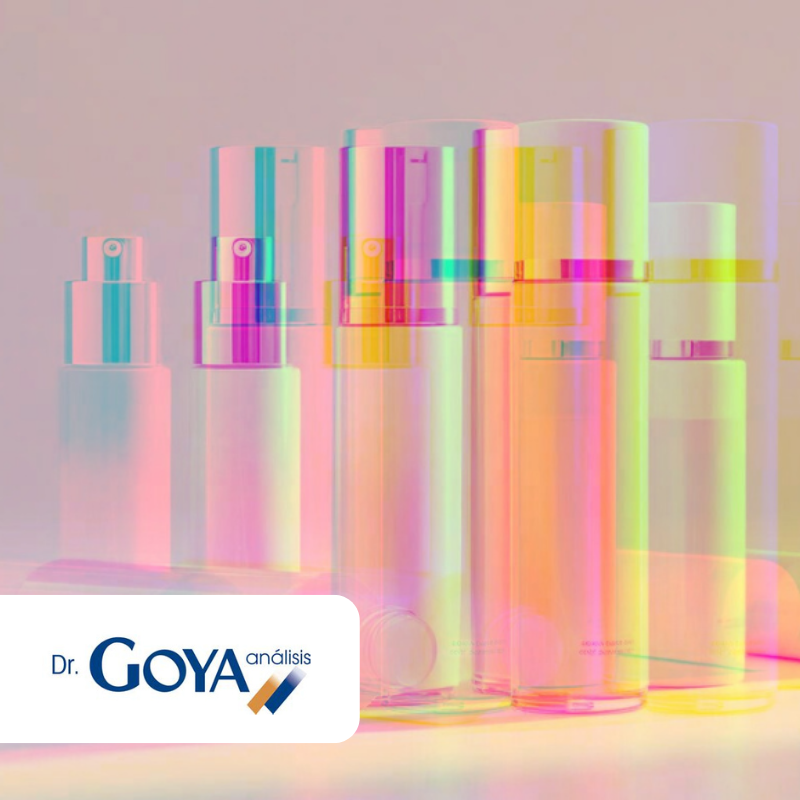The growing interest in sustainability and the adoption of the new Regulation (EU) 2025/40, which requires packaging to be designed, manufactured and marketed in such a way that it can be reused as many times as possible, has boosted the use of refill packaging. This trend poses considerable technical challenges in terms of microbiological safety, physicochemical stability of the product and the efficacy of the preservative system during prolonged use.
Stability and compatibility studies under Regulation (EC) 1223/2009 and ICH Q1A guidelines are mainly oriented towards products contained in single-use containers, which offer greater protection against external factors such as microbiological contamination or exposure to oxidizing agents. The incorporation of reusable containers introduces new variables that are not contemplated in these traditional approaches, making it necessary to establish specific protocols that consider the risks associated with refilling, the actual conditions of use and their impact on the stability and safety of the product.
This article analyzes the main risks associated with the use of refill containers, based on stability and compatibility studies carried out at Dr. Goya Análisis under simulated conditions of prolonged use, which have allowed us to identify the most relevant critical points and propose a series of technical recommendations applicable to the entire cosmetic industry, in order to ensure the viability of this model without compromising the quality and safety of the product.

POSSIBLE PROBLEMS OR CRITICAL POINTS:
MICROBIOLOGICAL QUALITY:
One of the main challenges associated with the use of refill containers in cosmetics is microbiological quality control. Cosmetic products are formulated with a priority focus on consumer safety, which implies compliance with microbiological standards established by current regulations.
To ensure this safety, both the composition of the formula and the type of packaging in which the product will be contained are evaluated from the early stages of development. Both elements act together to limit microbial growth during the cosmetic’s shelf life.
When refill containers are used, the risk of contamination is greatly increased, because secondary containers may contain residues of other products, residual moisture after washing, or may not have been properly sanitized. The transfer of the product may not comply with the appropriate conditions, and could lead to the proliferation of bacteria, fungi and yeasts in the cosmetic, with potential negative consequences for health, such as irritations, skin infections and other dermatological problems.
Moreover, this risk is not limited exclusively to the main product container, but extends to application accessories such as pumps, sprays and brushes.
Any accessory that does not maintain optimal hygienic conditions runs the risk of being contaminated, posing an additional threat to the microbiological integrity of cosmetic products and, ultimately, to the health of consumers.
On the other hand, with a focus on product preservatives, ISO 11930 allows the marketing of a product that meets criterion B, provided that effective physical barriers are used, such as airless or pump containers, where the consumer does not have direct access to the contents. In refill systems, this requirement cannot be guaranteed, since during refilling the consumer comes into contact with the product, compromising its microbiological integrity.
STABILITY AND COMPATIBILITY:
Another critical aspect is the stability of the active ingredients and excipients present in the formula. Each cosmetic product is carefully formulated to ensure that its ingredients remain stable and safe throughout its shelf life, including the container in which they will be stored. However, in the refill context, transferring can lead to alterations in the formula, such as the presence of traces of previous products, increased moisture due to poor drying or mixing of batches with different manufacturing and expiration dates. This can affect key parameters such as viscosity, density or pH, generating instabilities that compromise the final quality of the product.
Inadequate packaging may not provide an airtight seal, opening the door to oxygen ingress and exposure to light. This exposure, in turn, can lead to degradation of the cosmetic product, resulting in loss of efficacy and the possibility of compromising user safety.
In addition, it is essential to highlight the absence of tests and trials demonstrating the compatibility between the packaging and the cosmetic product in both the refill and primary packaging. This lack represents a significant risk, since the product may interact with the packaging, releasing regulated chemical substances, such as certain plasticizers, which potentially exceed the safety limits established by the European Commission, with harmful consequences for the user’s health, undermining the very integrity of the cosmetic product.

STABILITY IN USE STUDY DESIGN
As a laboratory specialized in stability, compatibility and challenge test studies in cosmetics, we propose that the approach towards refill products should consider the following points:
- Design of a realistic use protocol , including multiple refill cycles, daily dispensing, cleaning procedures between uses and representative environmental conditions (e.g. simulation of a domestic bathroom environment).
- Evaluation of physicochemical stability taking into account those parameters most susceptible to change.
- Microbiological monitoring at different times of use, performing aerobic counts (ISO ISO 21149:2017) molds and yeasts (ISO 16212:2017), and detection of pathogens such as E. coli (ISO 21150: 2015), P. aeruginosa (ISO 22717:2015) S. aureus (ISO 22718:2015) and C. albicans (ISO 18416:2015).
- Validation of container-product compatibility, with analysis of the functionality, integrity and resistance of the container.
- Reinforced challenge tests, incorporating re-inoculations and microbial stress conditions at the beginning and end of the trial.
IMPLICATIONS FOR THE INDUSTRY AND RECOMMENDED BEST PRACTICES
For the refill model to be safe and effective, it is essential to incorporate a series of cross-cutting technical requirements in the design and development of cosmetic products:
- Reformulate with a preventive vision: the preservative system must be designed not only to pass the initial challenge test, but to maintain its efficacy against multiple microbial exposures during the shelf life of the product. Whenever possible, it is recommended to achieve criterion A of ISO 11930, even if it is not required by current legislation.
- Validate through in-use stability studies: the safety of a refill product should not be assumed by analogy with conventional formats, but should be demonstrated through specific tests under simulated conditions of real use, including refill cycles, environmental exposure and consumer handling.
- Establish defined cleaning and refilling conditions: it is essential to simulate different sanitizing, drying and transfer scenarios in order to define clear, realistic and reproducible instructions that minimize the risks of inadequate cleaning before reuse.
- Select containers compatible with prolonged use: the container must be robust, resistant to degradation, compatible with the formula and easy to clean, ensuring its functionality and integrity over multiple cycles of use.

CONCLUSIONS:
The refill model represents a necessary evolution towards more sustainable cosmetics, but its implementation cannot be separated from a rigorous technical approach. The reuse of packaging introduces risks to the physicochemical stability and microbiological safety of the product that are not covered by traditional evaluation protocols.
To ensure the feasibility of this approach, it is essential to develop specific in-use stability studies, validate container-product compatibility, and reinforce preservative systems with a preventive vision. It is also necessary to establish clear cleaning and refilling instructions, and to select containers suitable for prolonged use without compromising the quality of the product. At Dr. Goya Análisis, we have the experience, equipment and technical knowledge necessary to carry out these studies and accompany brands and manufacturers in the safe and effective implementation of refill solutions. Our commitment is to offer comprehensive support so that sustainability and safety always go hand in hand.
Advertorial
CONTACT
Laura Rubio y Paula Paniagua. Stability and Compatibility Department at Dr. Goya Análisis
Dr Goya Analisis






